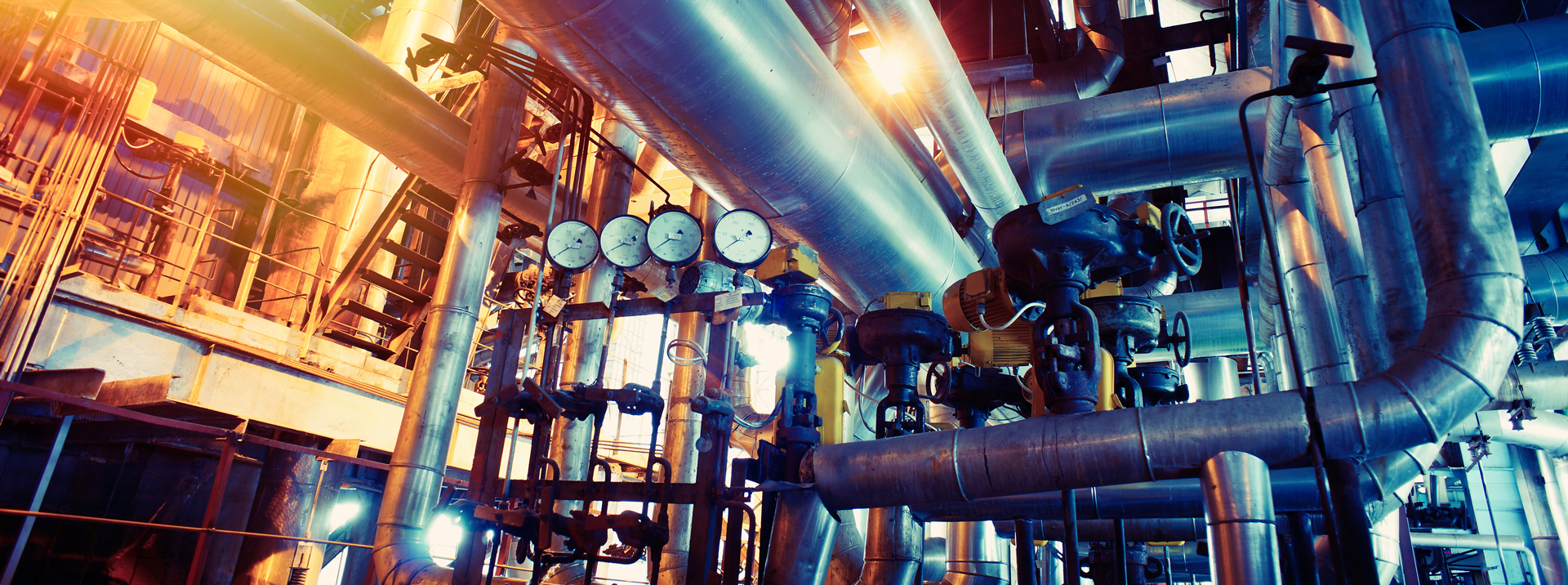Let's Talk About Gas Sweetening

As used by consumers, natural gas is much different from the natural gas initially brought from the underground. That's where natural gas processing comes in, including Gas Sweetening.
What is Gas Sweetening? Well, for starters, a spoonful of sugar won't do you any good for this particular process. Read on for more.
What is Gas Sweetening?
Before natural gas/landfill gas can be injected into a pipeline or used in commercial applications, it must meet specific requirements. Natural gas/landfill gas can be sweet or sour, depending on their level of contaminants. Sweet gas is favourable for transport and sale since it has the required heating value, whereas sour gas will require further refinement.
What is Sour Gas?
Sour gas is natural gas containing Hydrogen Sulfide (H2S) levels greater than 5.7 mg or four ppm (parts per million) by volume when under standard temperature and pressure conditions. This value can vary between countries and regions, however.
To regulate emissions and the release of toxic gases, authorities mandate natural gas producers to minimize the Sulfuric content in their products, meaning sour gas must be sweetened before it is sent out from the refinery or gas processing plant.
What is Sweet Gas?
Natural gas/landfill gas is often called "Sweet Gas" if it contains only trace quantities of H2S and CO2. Sweet gas, in its purest form, is non-corrosive, requires minimal refining, and can be transported and marketed safely.
How Do You Sweeten Gas?
Hydrogen Sulphide, Carbon Dioxide, and Mercaptans are removed from the natural gas to make it suitable for transport and sale to sweeten gas. H2S and CO2 have a corrosive effect on gas pipelines and are toxic to humans, which is why sour gas is processed for sweetening.
Looking for more gas treatment and processing information? Give us a call at 24/7 Compression; we're happy to help. 403.347.6875
